
Gun Training in Hot Weather
Rob PincusRob Pincus provides a gun training lesson in hot weather including proper clothing, footwear, eyewear, and supplies as well as adequate hydration while outdoors at the range or practice facility. A Personal Defense Network (PDN) original video.
Share tips, start a discussion or ask one of our experts or other students a question.
Make a comment:
Already a member? Sign in
2 Responses to “Gun Training in Hot Weather”
Explore videos by Rob Pincus
You may be interested in
Premium Membership
Unlock exclusive member content from our industry experts.
- 24/7 Access to Premium Personal Defense and Firearm Training Videos and Drills
- Step-by-Step Instructional Demos and Guides
- 50% Off Video Downloads Purchased in the Personal Defense Network Shop
- Access to Ask the Expert Program
Unlock exclusive member content from our industry experts.
- 24/7 Access to Premium Personal Defense and Firearm Training Videos and Drills
- Step-by-Step Instructional Demos and Guides
- 2 Full-Length Video Downloads to Watch Offline
- 50% Off Video Downloads Purchased in the Personal Defense Network Shop
- Access to Ask the Expert Program
Gold Membership
$340 Value
Get everything included in Premium plus exclusive Gold Membership benefits.
- 24/7 Access to Premium Personal Defense and Firearm Training Videos and Drills
- Step-by-Step Instructional Demos and Guides
- 9 Full-Length Video Downloads to Watch Offline
- 2 Full-Length Personal Defense Classes to Keep for Life
- 2 In-Depth Skill Development Presentations
- Discounts on Purchase-to-Own Content in the Personal Defense Network Shop
- Access to Ask the Expert Program
- Exclusive GOLD LIVE Streaming Events
Get exclusive premium content! Sign up for a membership now!
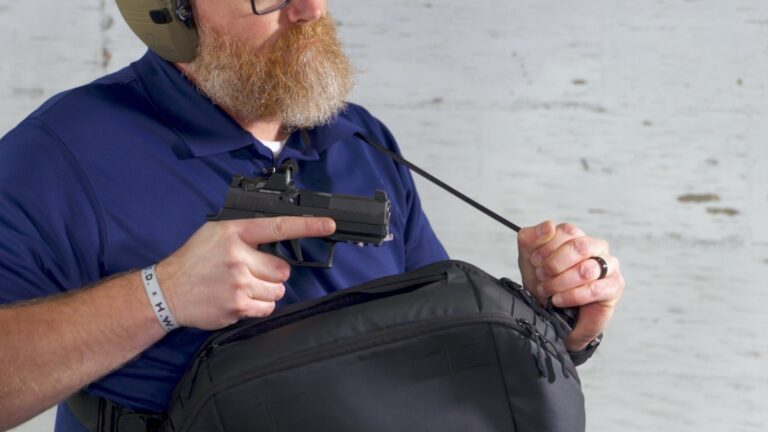
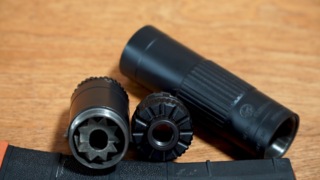
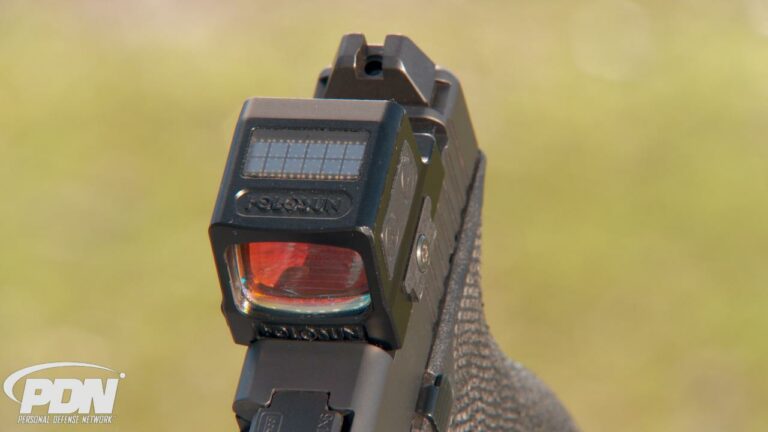
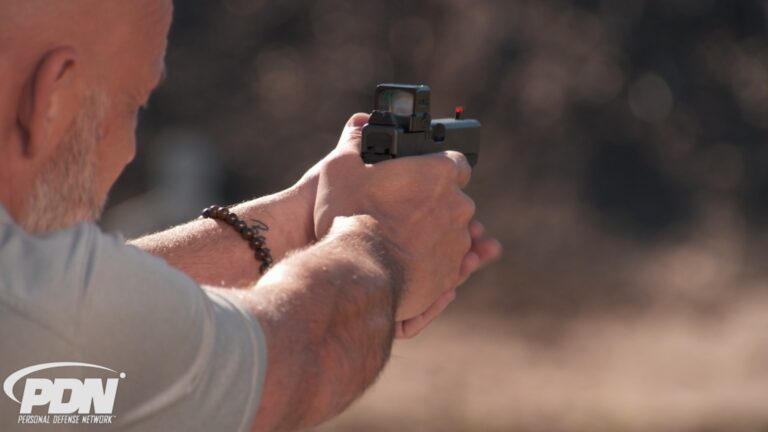
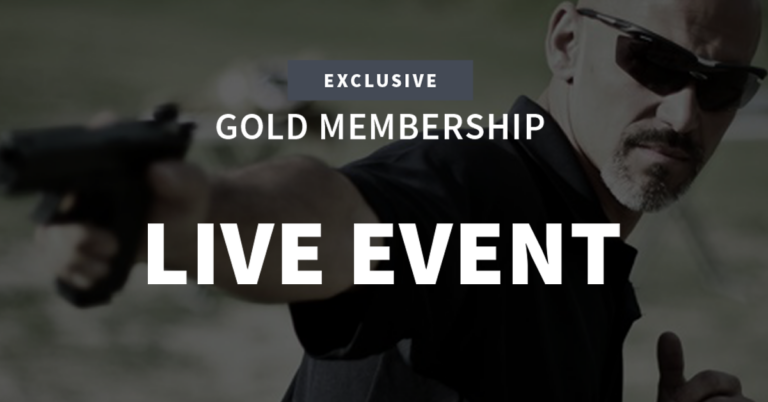
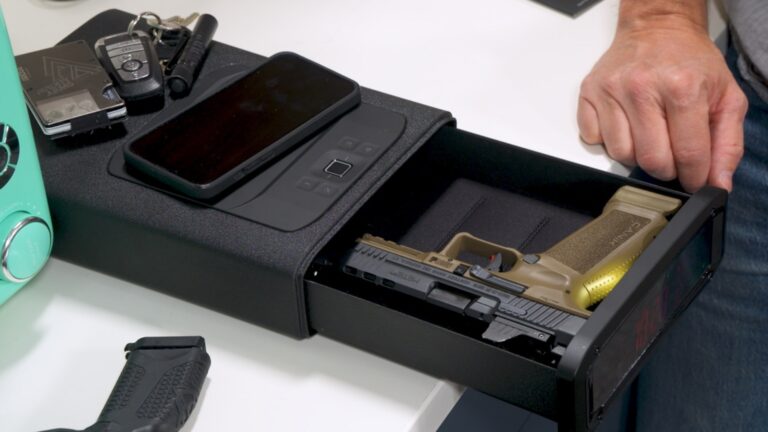
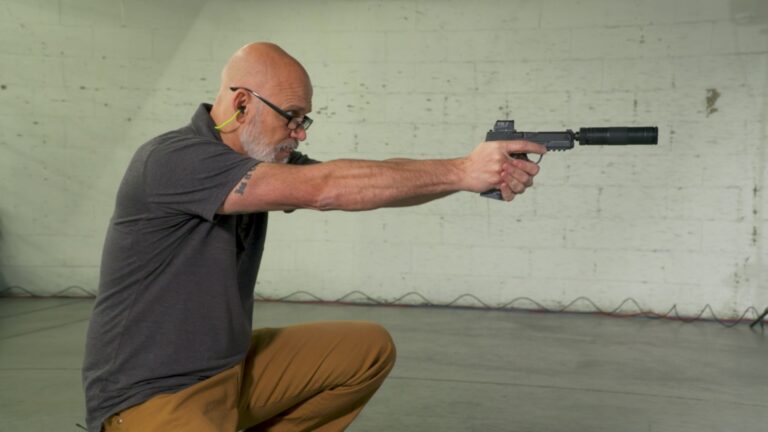
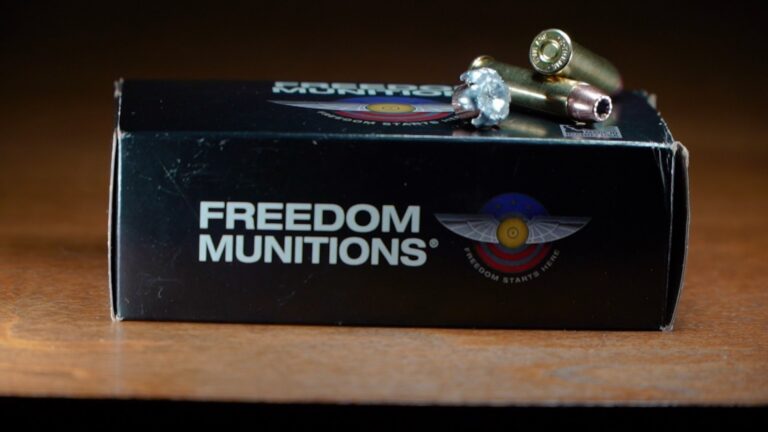
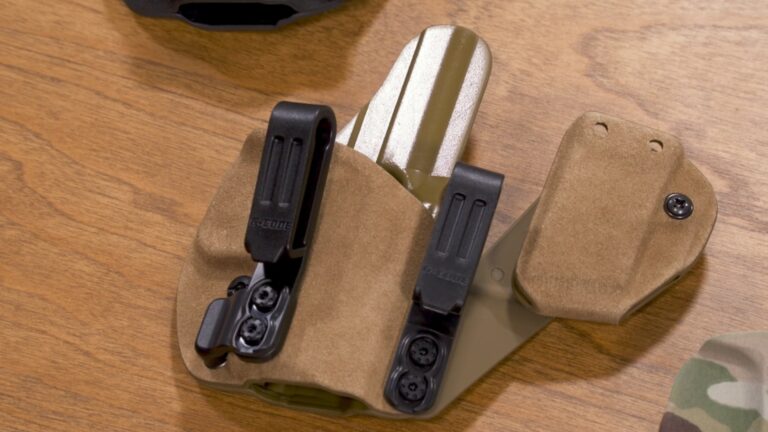

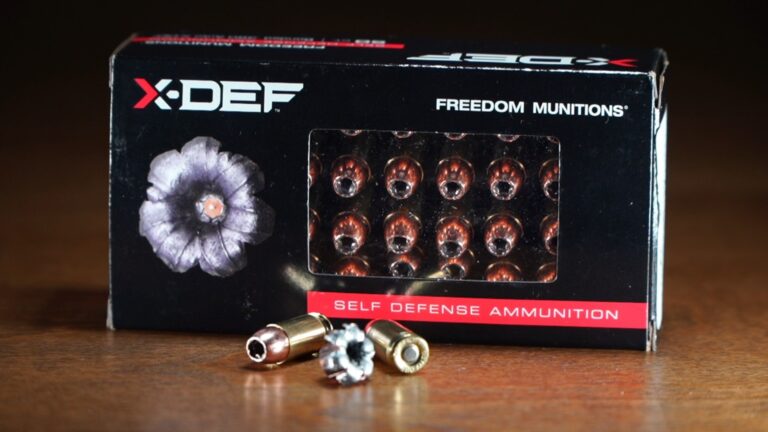
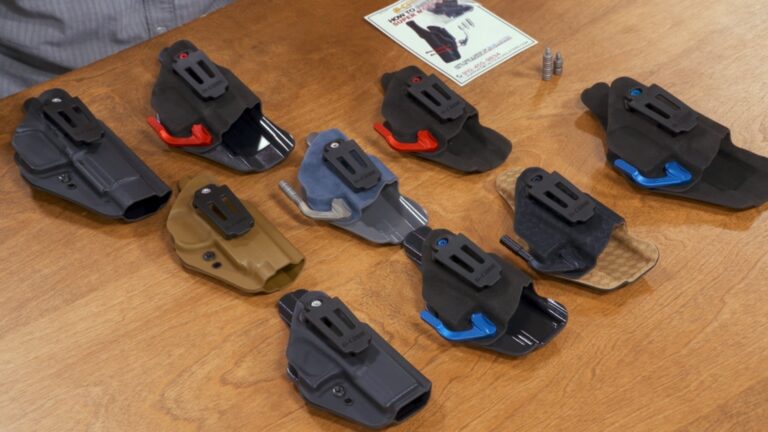
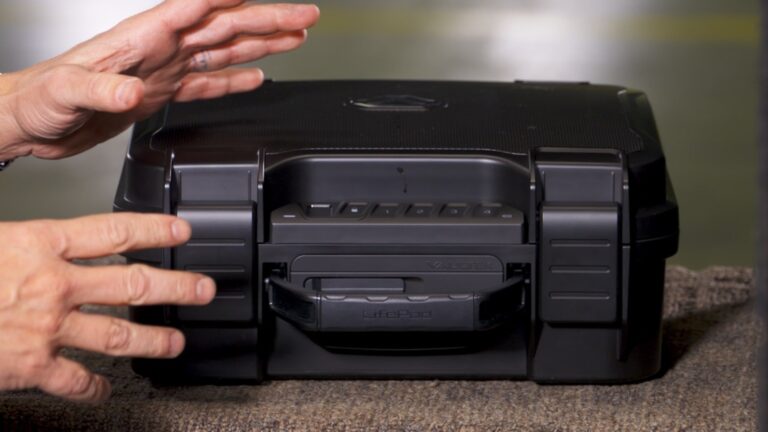
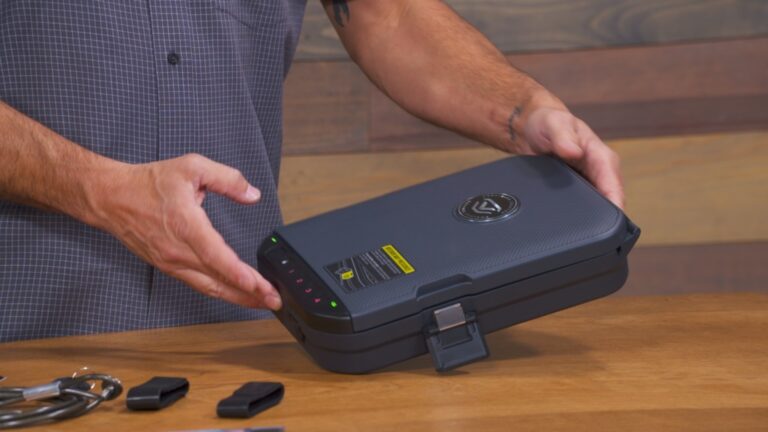
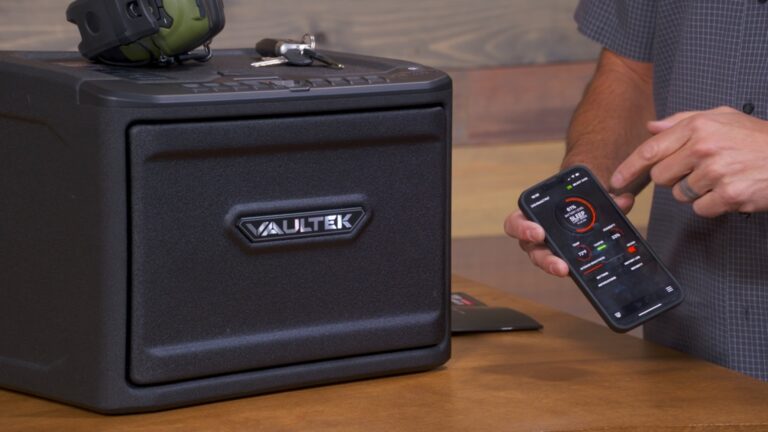
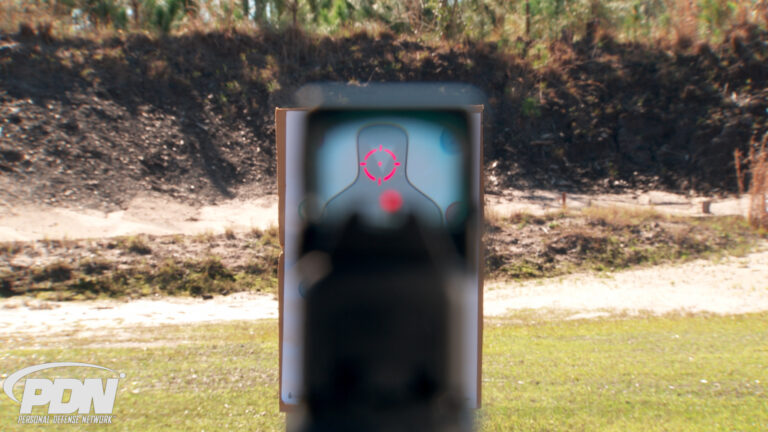
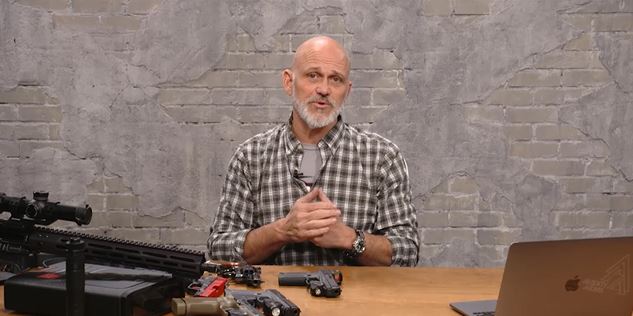
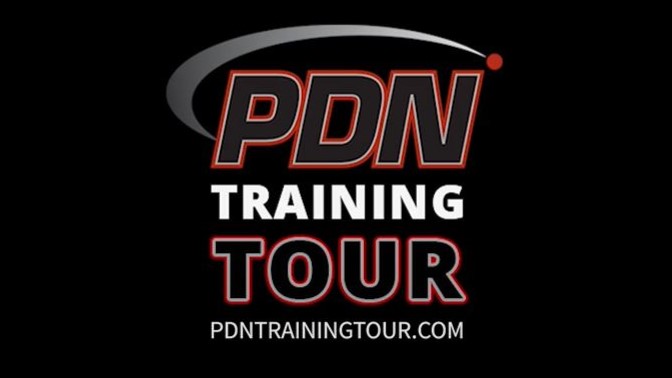
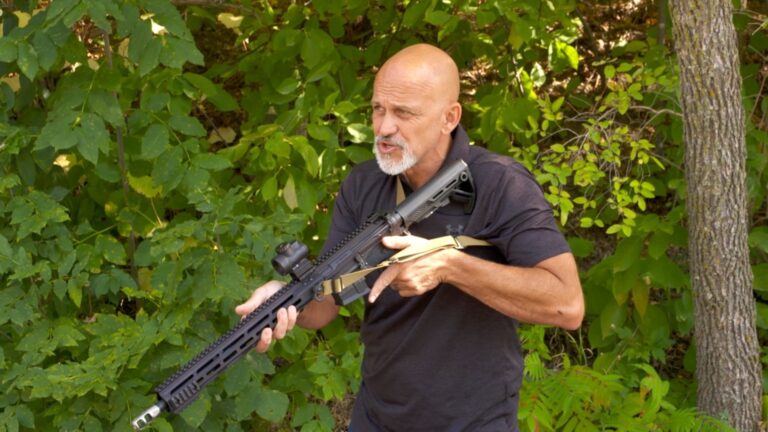
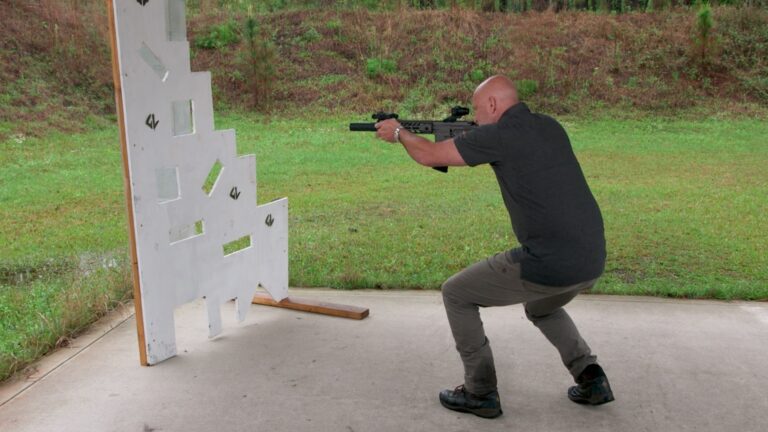
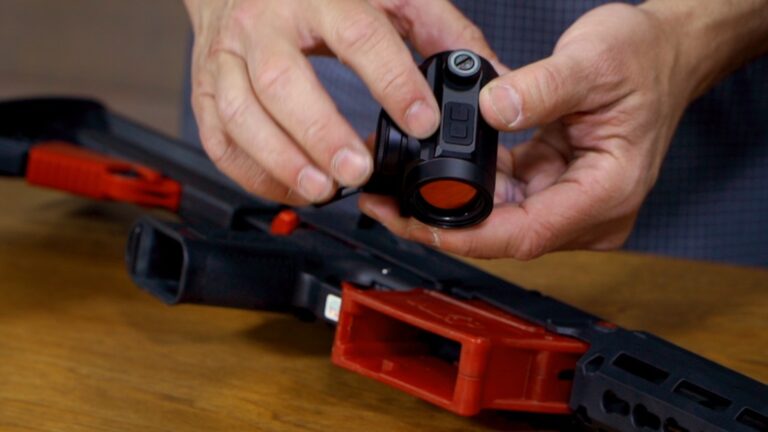
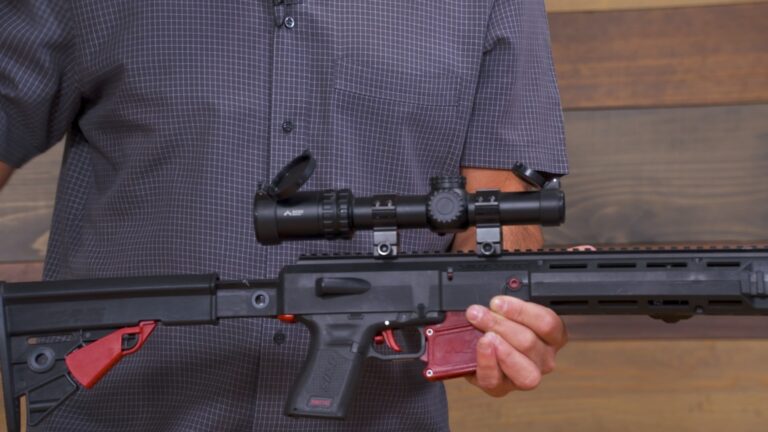
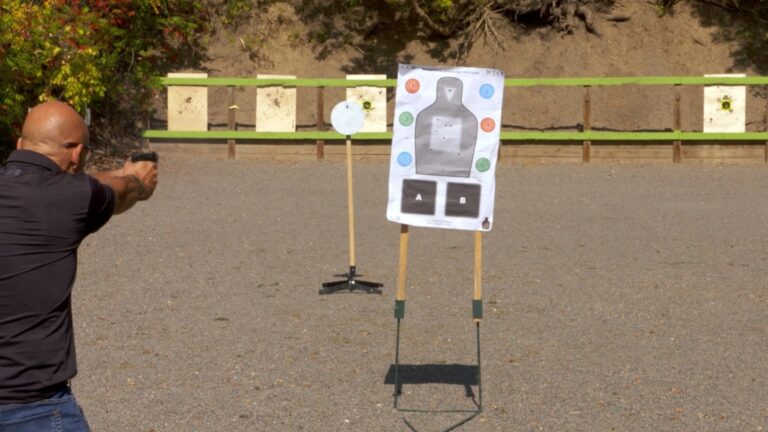
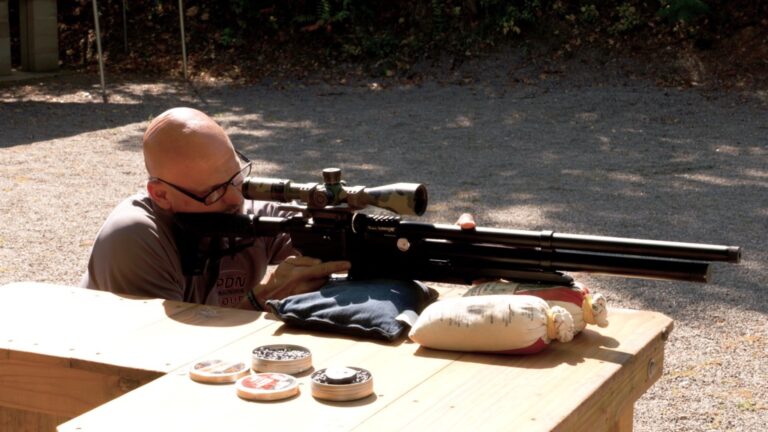
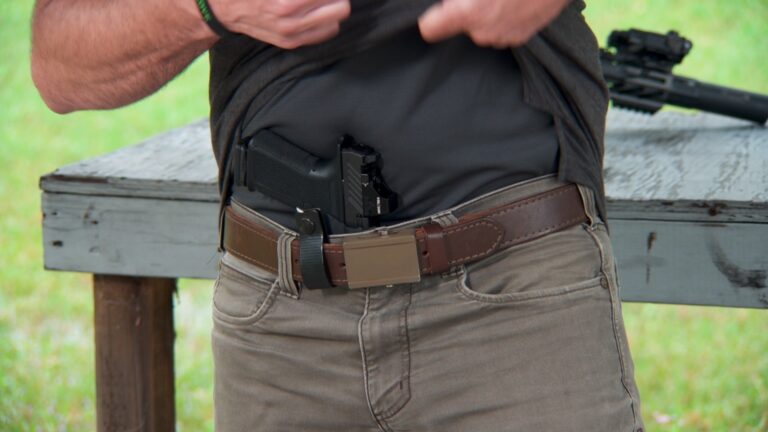
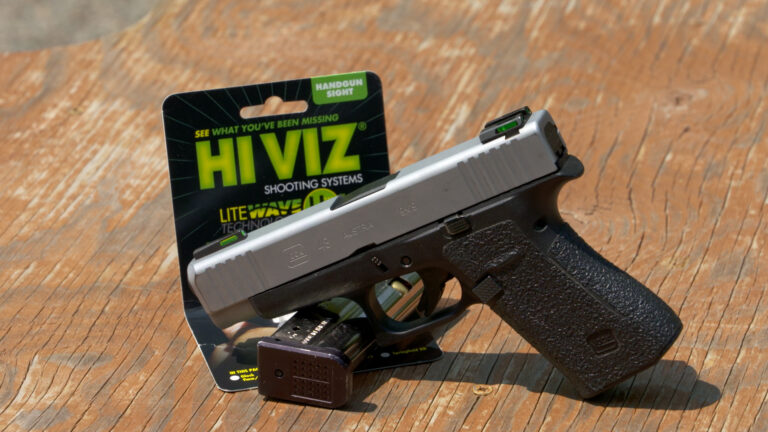
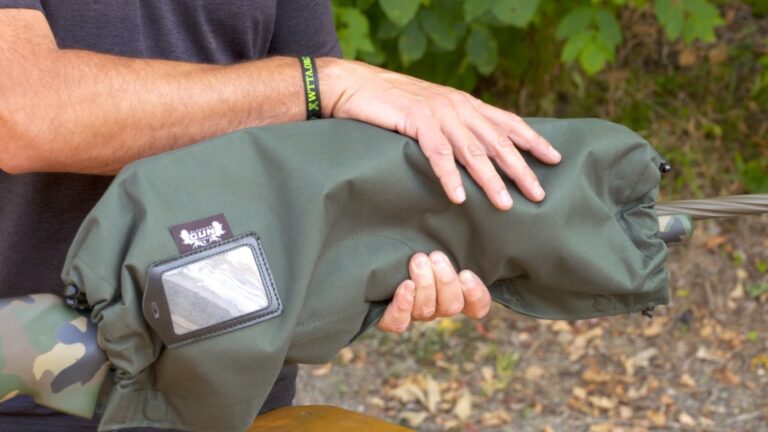
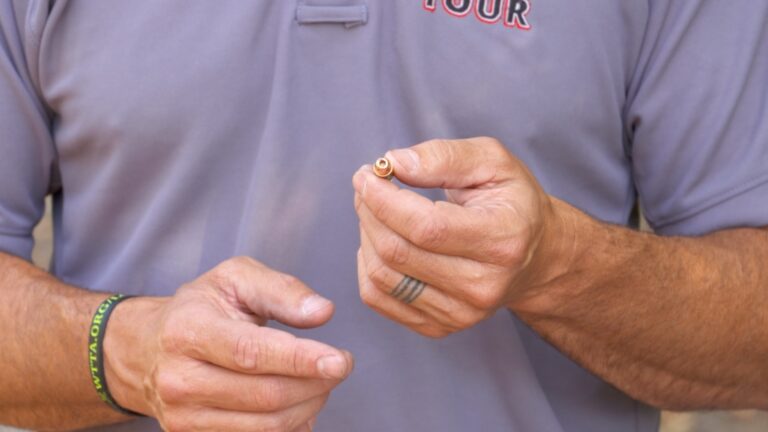
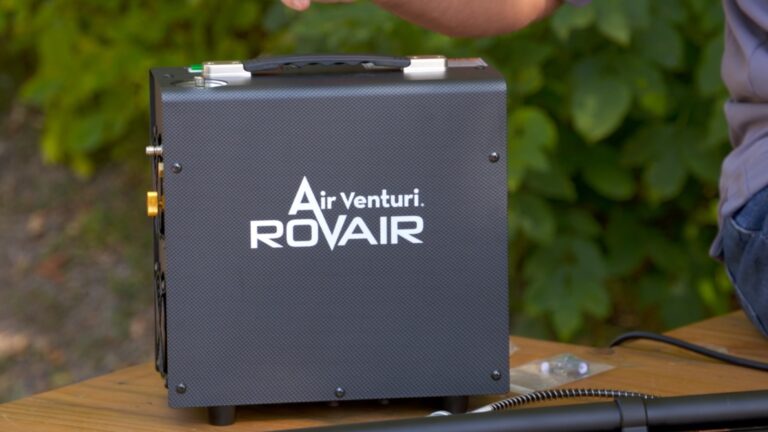
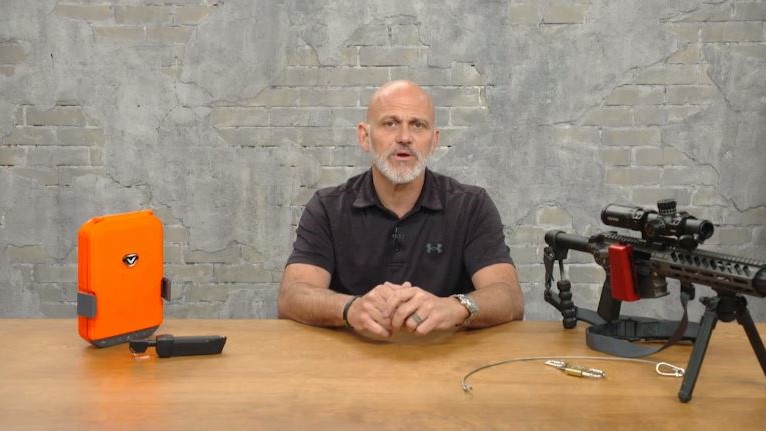
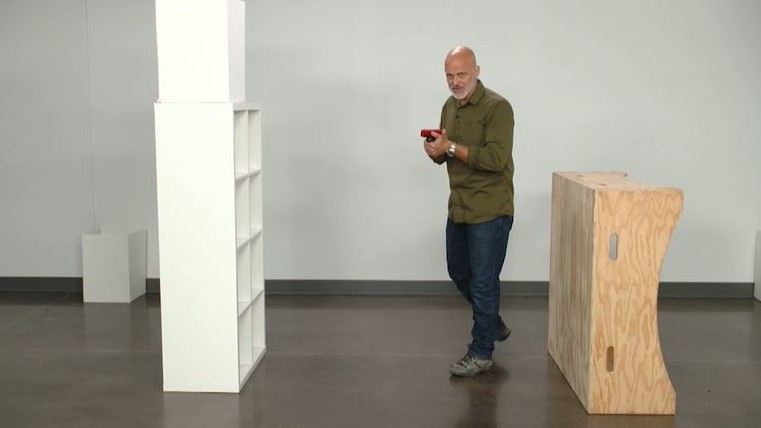
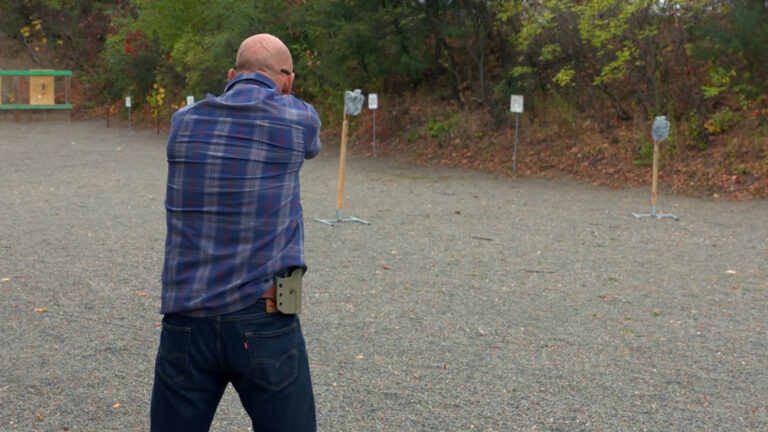
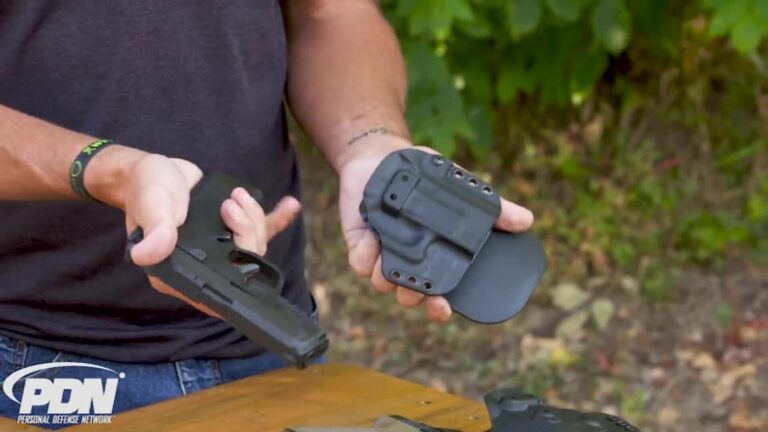
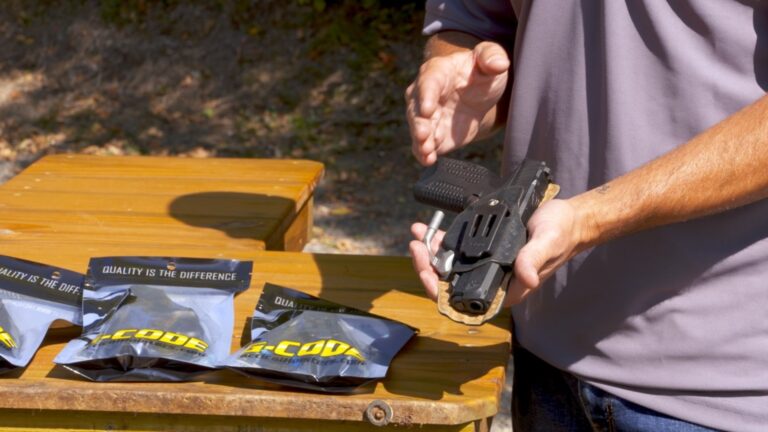
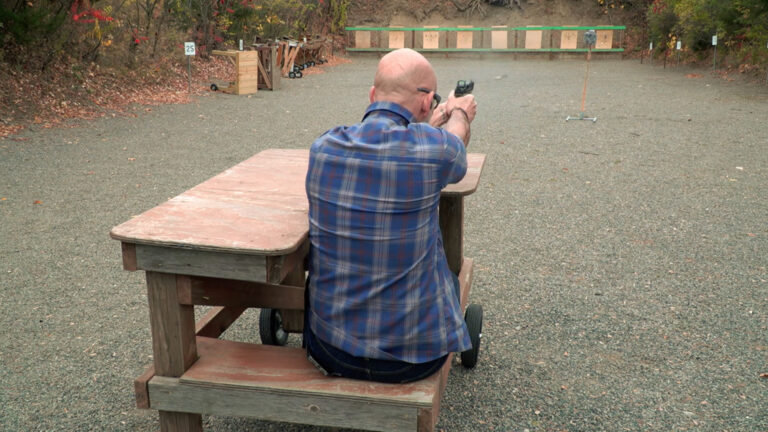
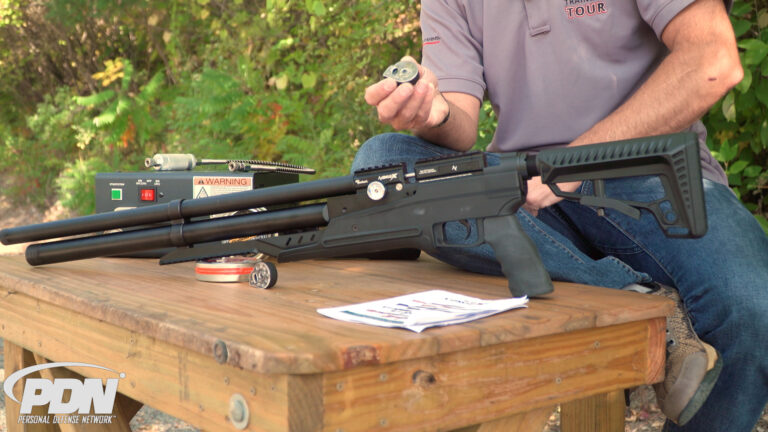
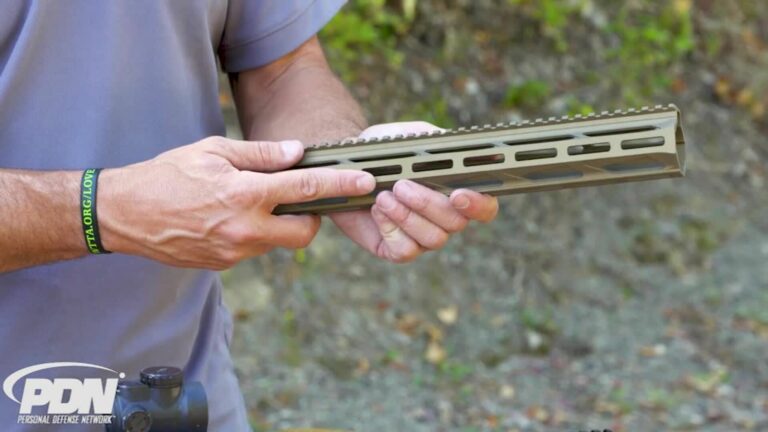
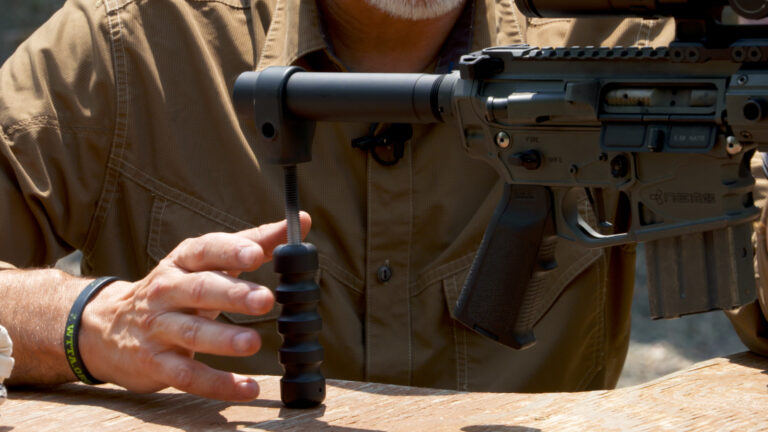
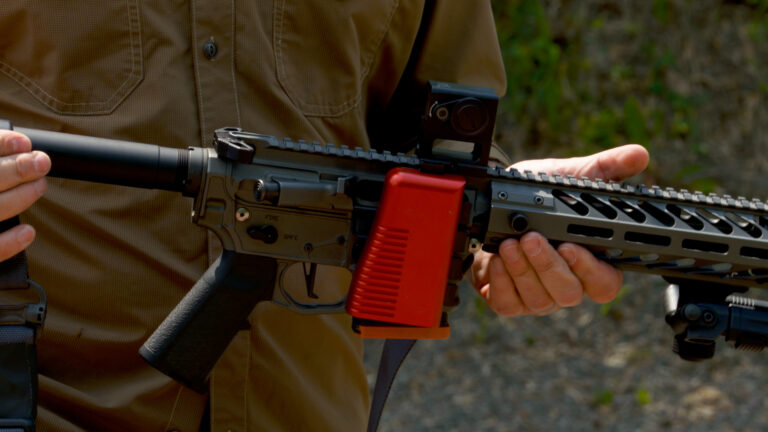
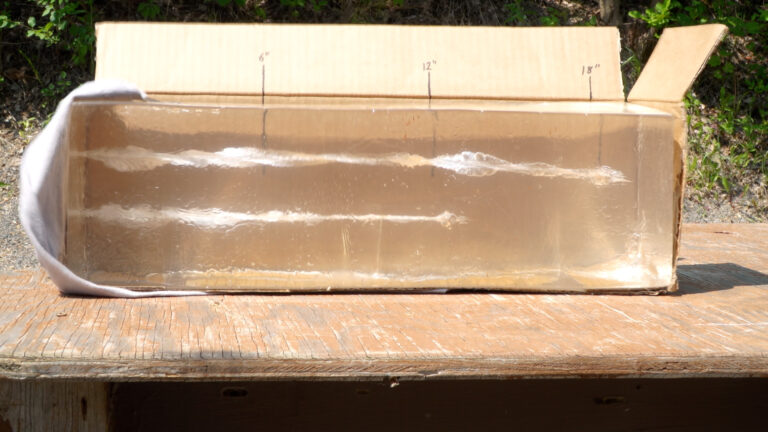
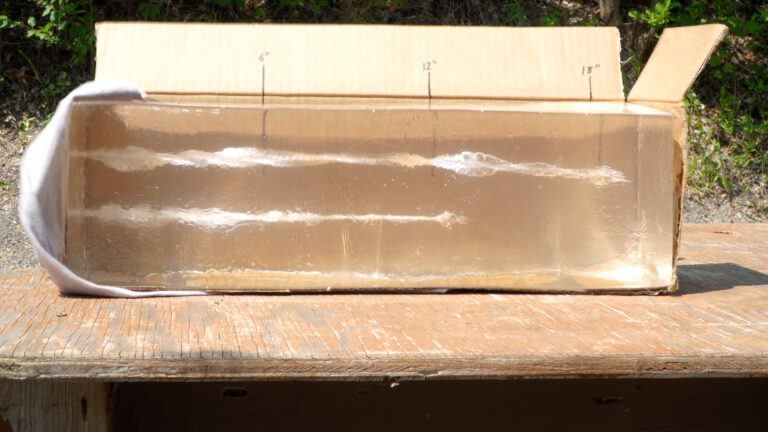
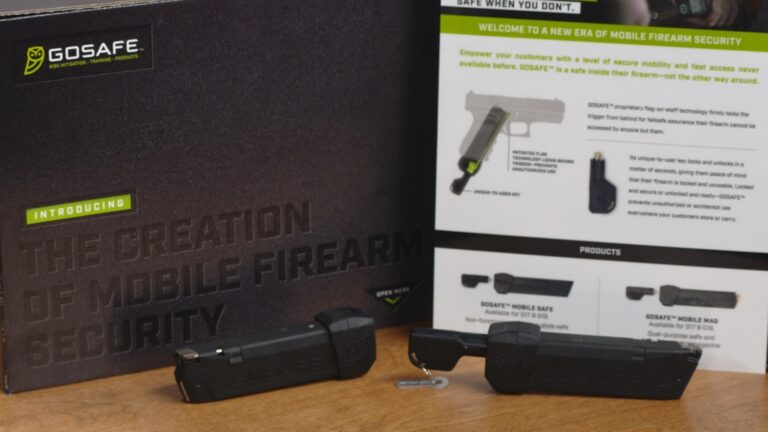
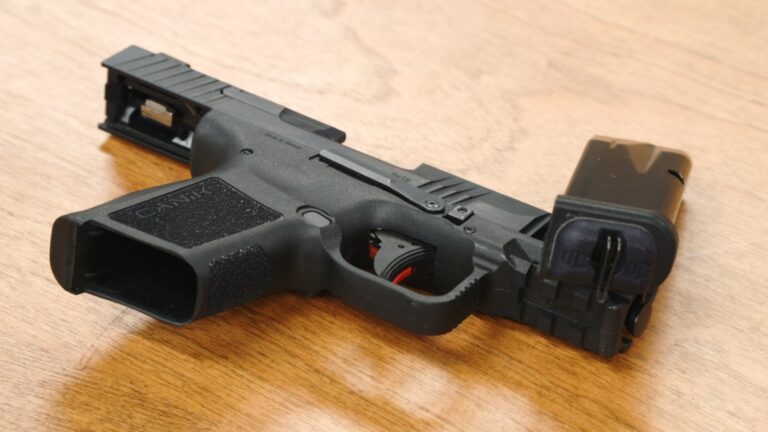
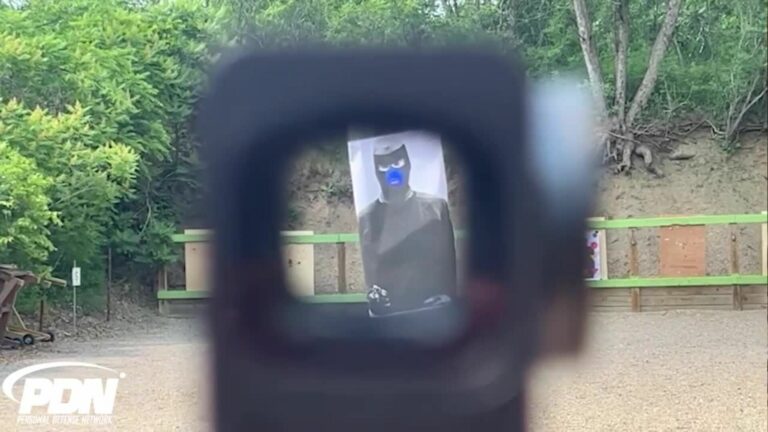
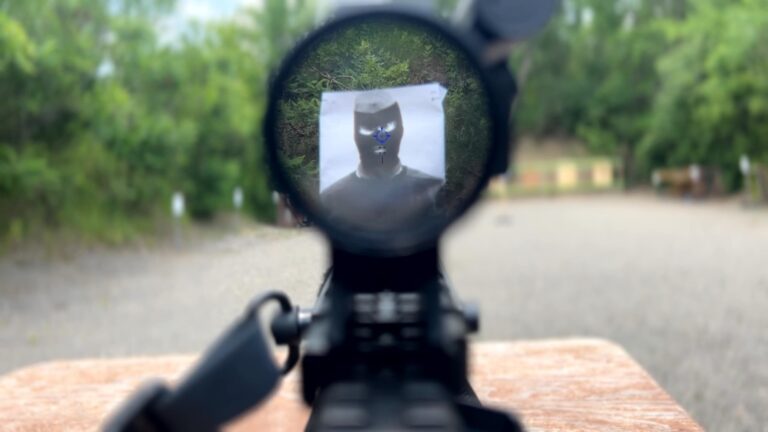
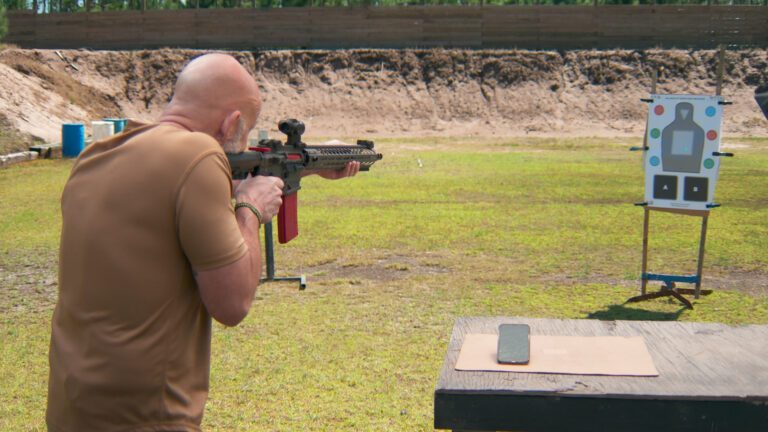

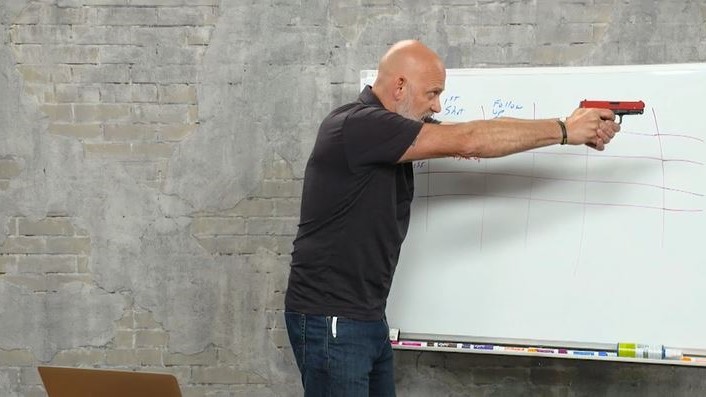
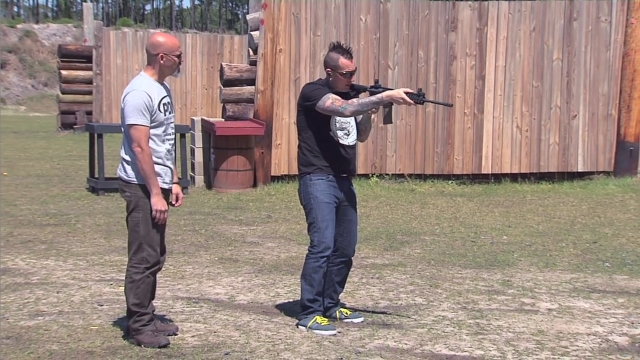
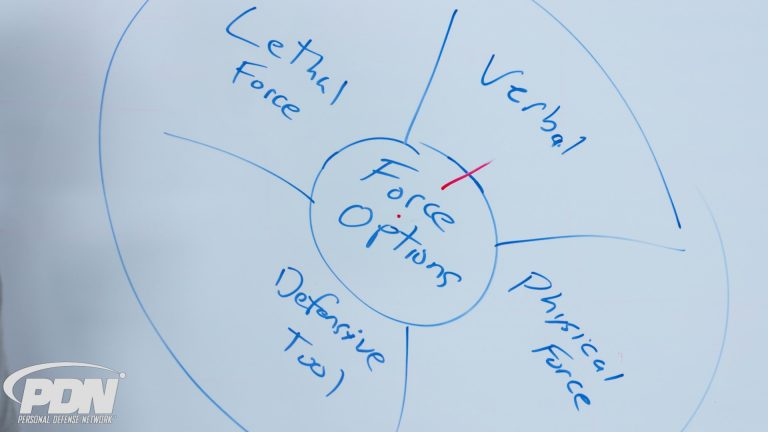
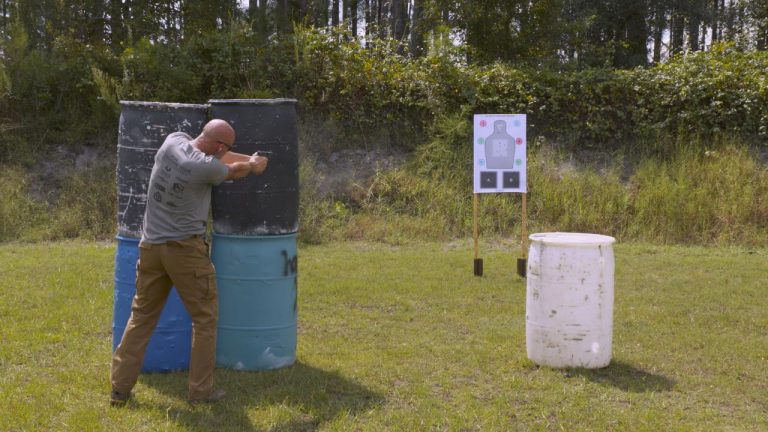
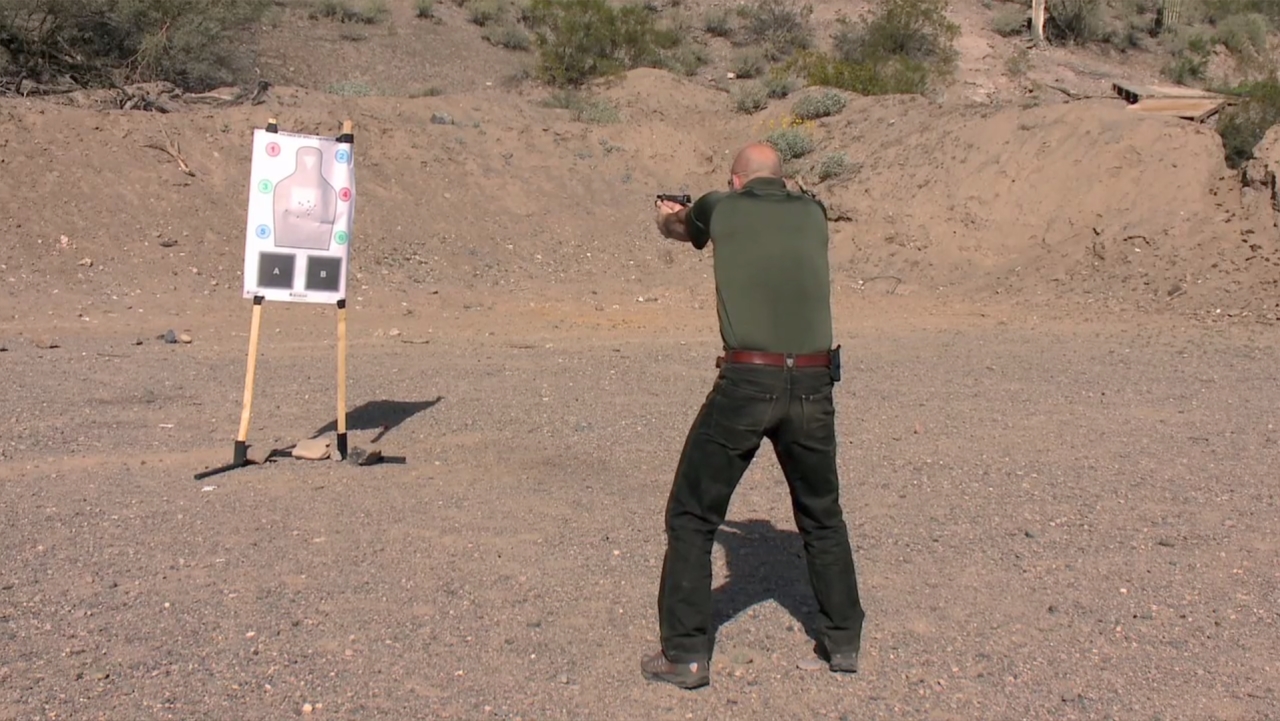
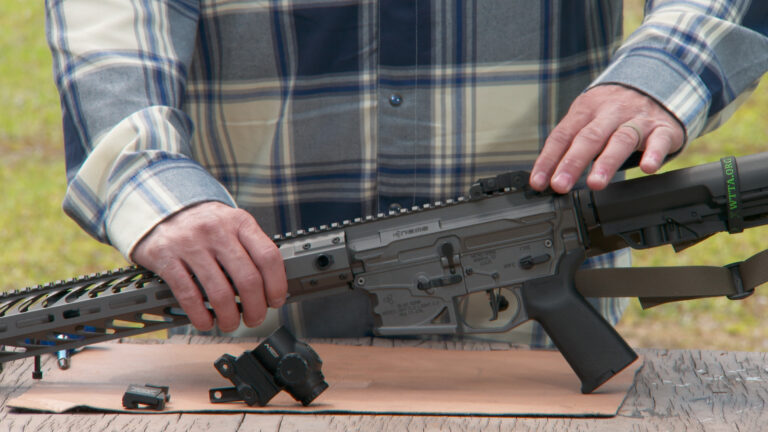
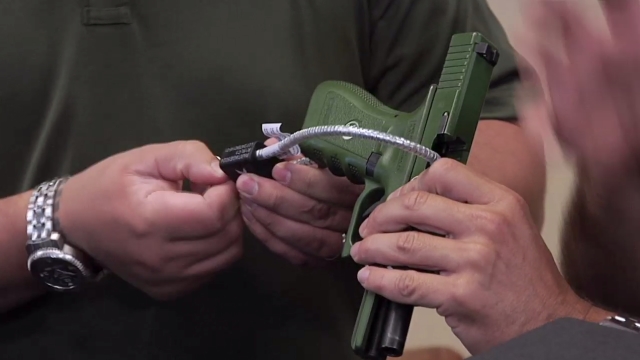
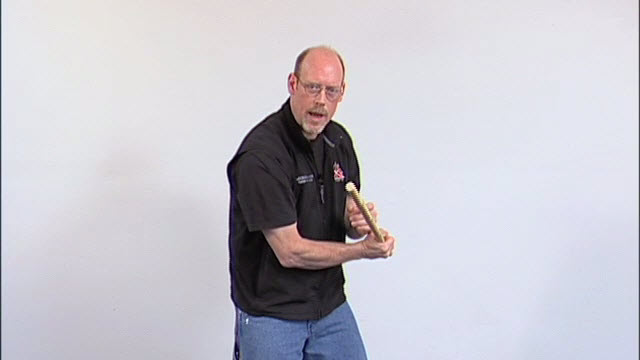
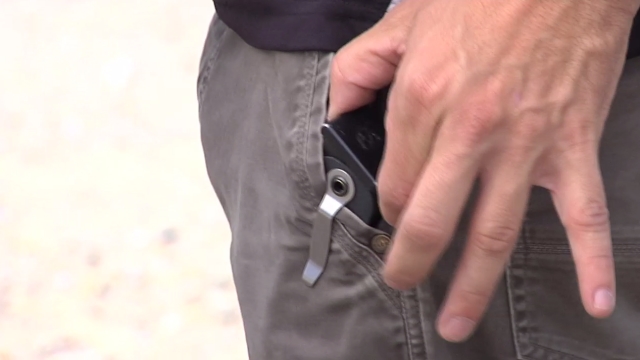
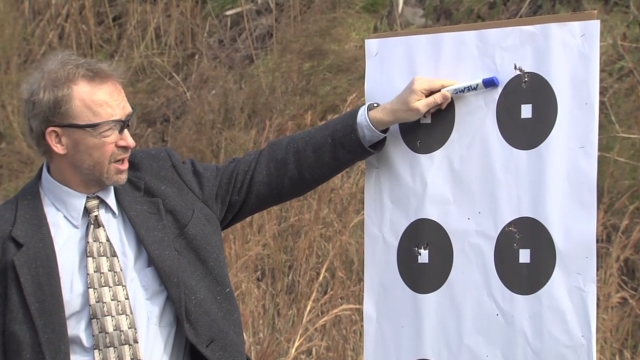
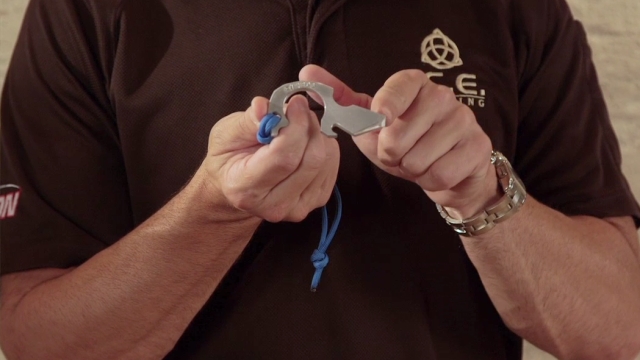
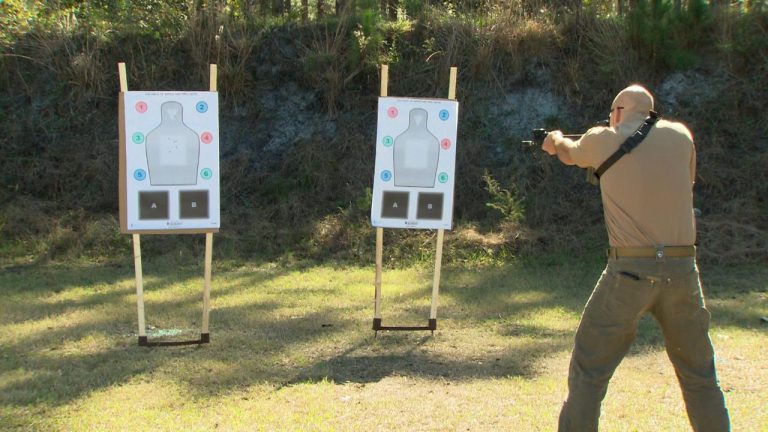
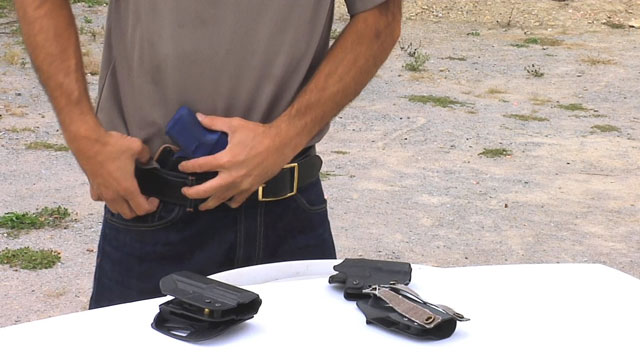

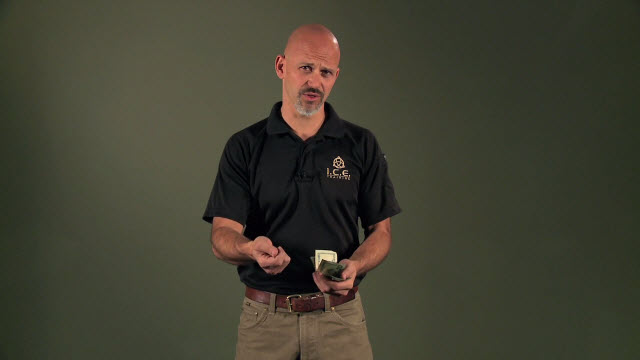
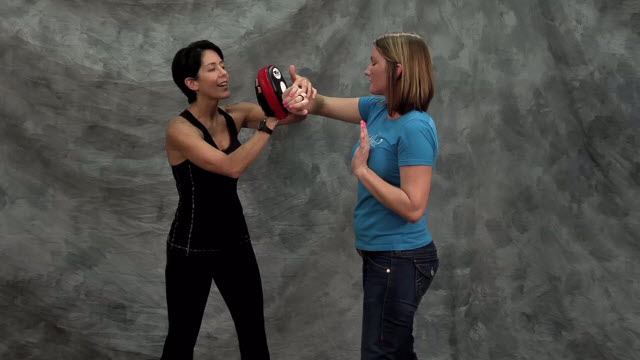
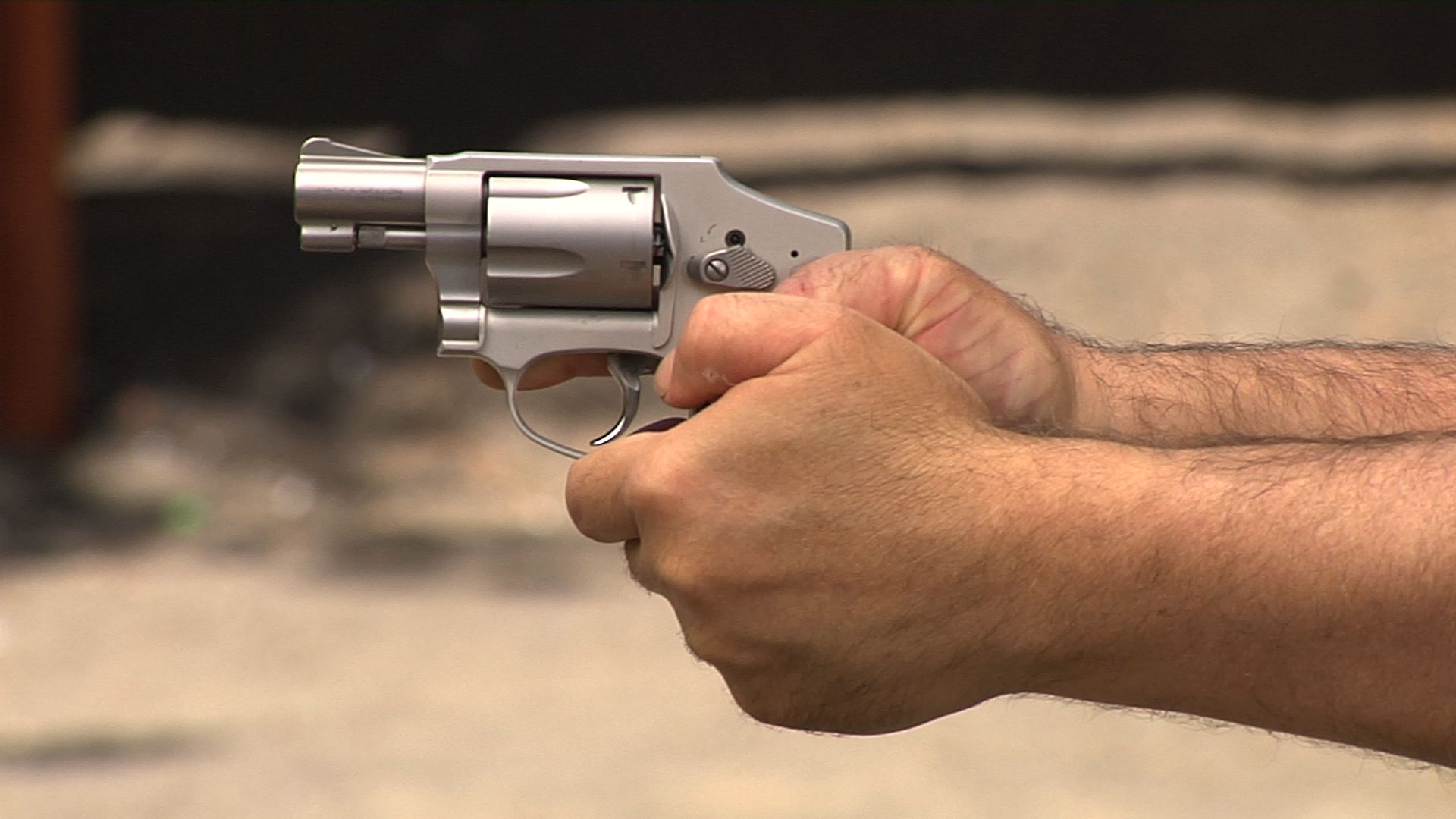
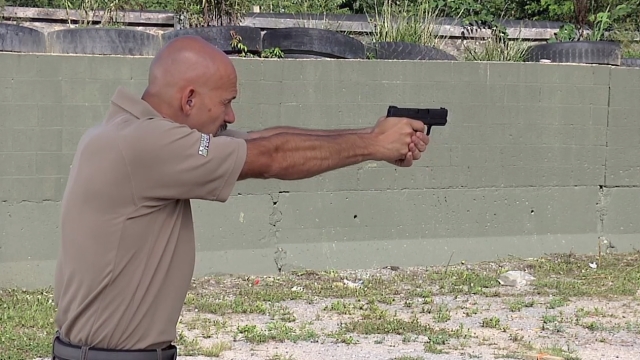
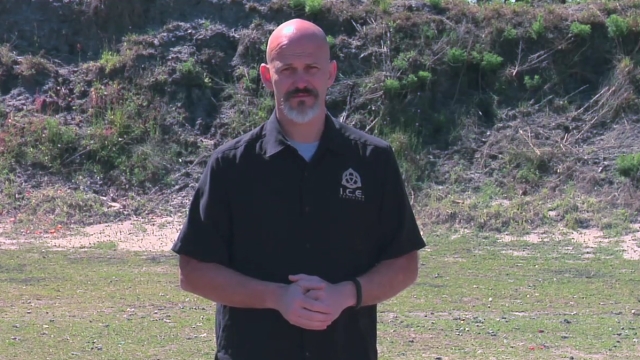
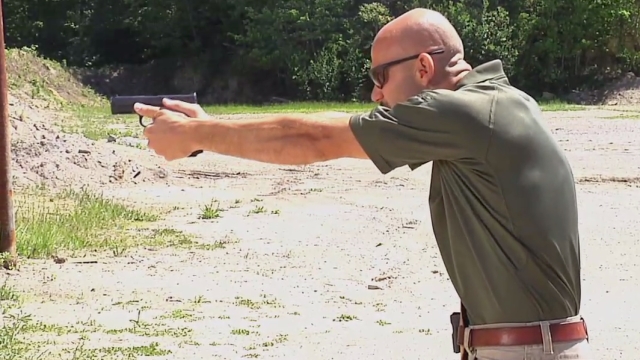
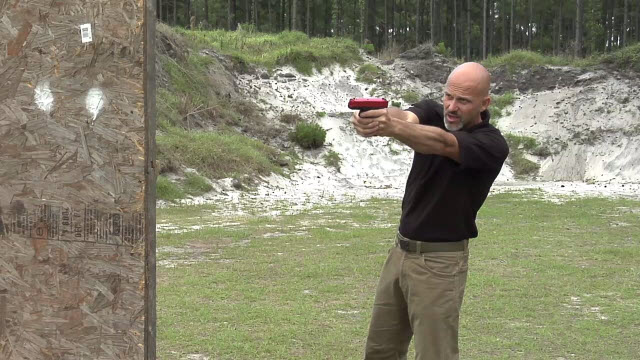
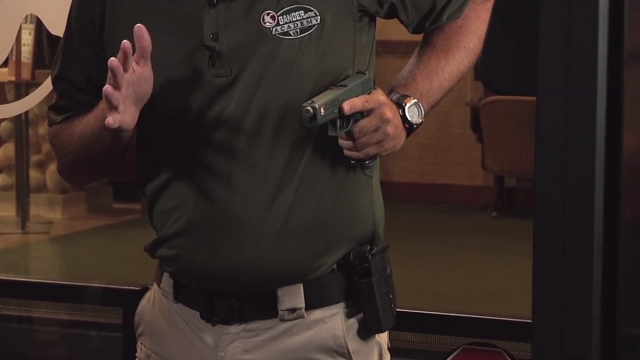
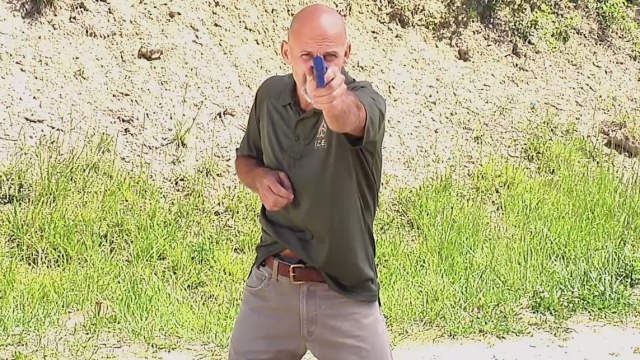
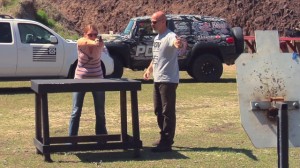
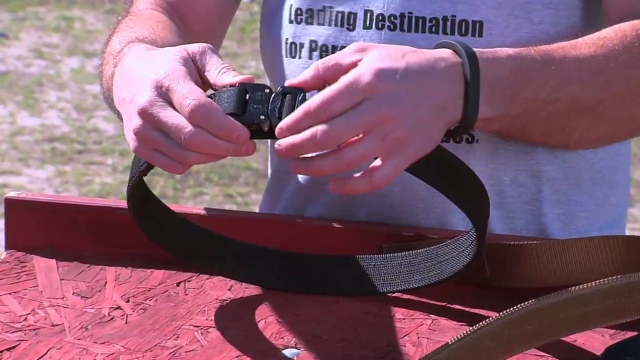
Good video. Much better advice than the video about how to get a good tan while training (i.e., how to look good while getting skin cancer).
hi rob. 1st. I am 66 /Vietnam vet/44yr paid on call fire/taught archery & guns all my life/ one of the original designers of Airboat Ice Rescue and airboat hull design for ice and rough water work. www.searchandrescueairboats.com / NRA instructor/ CRSO & head instructor for centershot gun range----- just so you don't think i'm some big mouth know it all---- I have enjoyed some of you information because I always like to learn from others experiences But I Do No Like Getting 2 - 3 emails a day from one source.. 1 or 2 emails a week from one source is even pushing it to the point of unsubscribing... I would like to sign up for the premium membership --- DO YOU HAVE A ONE EMAIL A WEEK PLAN ? Ron 6168138405